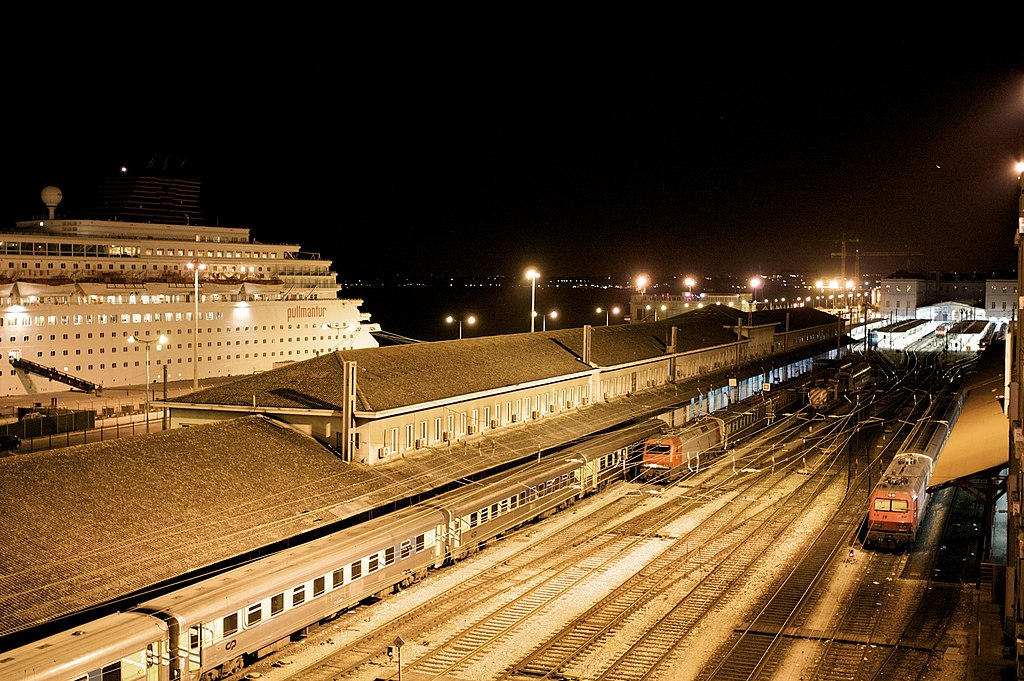The original plan for the station involved its construction at the Cais dos Soldados (Soldiers Wharf). However, alternative locations were proposed, including one near the Museu Militar de Lisboa (Military Museum of Lisbon) and another near Largo do Intendente. Ultimately, the decision was made to situate the station along the river, following the suggestion of engineer Harcourt White. The chosen location was after the Church of Anjos in Xabregas, where there was available space for construction.
The construction project faced the challenge of reclaiming land along the Tagus River to accommodate both the rail line and the commercial wharf. The government acquired the old Convent of Santa Apolónia for the passenger terminal, but it required the demolition of the former army arsenal in the area to make way for the final design.
The first section of the Caminho de Ferro do Leste (Eastern Railway) between Carregado and Lisbon was inaugurated on September 28, 1856. However, the construction of Santa Apolónia railway station had not yet begun at that time. As a temporary measure, a provisional station was established near the Palácio de Coimbra.
The design and construction of the Santa Apolónia station were undertaken by architect Angel Arribas Ugarte, director João Evangelista de Abreu, and chief engineer Lecrenier. The project was a significant engineering feat, as it involved reclaiming land from the Tagus River. The station building, characterized by its distinctive Neoclassical architecture, featured a three-register "U"-shaped structure with a short facade and long parallel wings extending around the rail platforms.
Santa Apolónia railway station was officially inaugurated on May 1, 1865, with the first line to the station beginning operation in 1873, connecting Santa Apolónia to Santos. The completion of the station marked an important milestone in the development of railways in Portugal, facilitating both passenger and commercial traffic.
Lisbon.vip Recommends
In the 20th century, the national rail service Comboios de Portugal operated different suburban, national, and international routes from Santa Apolónia station, including high-speed services like the Alfa Pendular. The station remains an important transportation hub, serving as an intermodal station connected to the Lisbon Metro station of the same name, which opened in 2007.
Today, Santa Apolónia railway station stands as a historic landmark and a vital transportation hub in Lisbon. Its architectural beauty, with its symmetrical Neoclassical facade and the impressive wrought iron and glass structure of the main nave, is a testament to the rich history and development of railway infrastructure in Portugal.
With its strategic location along the Tagus River and its continuous adaptation to modern transportation needs, Santa Apolónia railway station continues to serve as a gateway to Lisbon and a symbol of the country's railway heritage.



